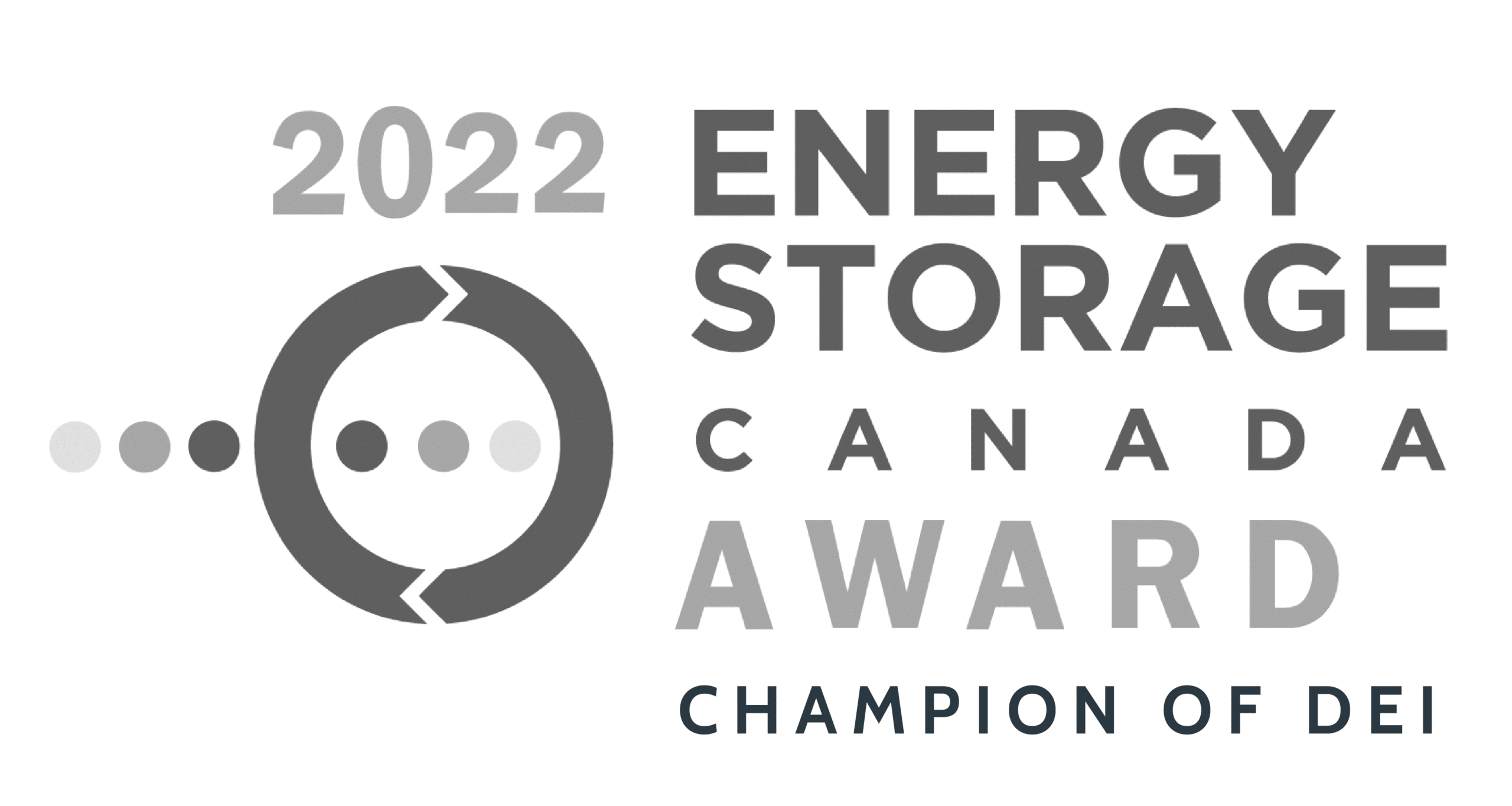The transition to a clean and sustainable energy future is a pressing concern in today’s world. One solution to reach that sustainable energy future is deploying, operating, and optimizing distributed energy resources, like battery storage and electric vehicles. This was the focus of Peak Power’s Battery Development webinar, where industry experts shared their insights and experiences.
This blog delves into some of the key points discussed during the webinar, highlighting value-adding solutions applied on Peak Power’s Operations side.
Behind-the-Meter Battery Energy Storage: Developing a Project
Elaine Kwok, Senior Director of Marketing at Peak Power, opened the webinar by sharing our company’s mission: to help customers and partners achieve their net-zero goals, reduce their operating expenses, and unlock new revenue opportunities by deploying battery storage systems, grid-interactive buildings, and electric vehicles.
The webinar featured four industry experts who covered various aspects of battery energy storage system (BESS) project development. They included Pooja Shah, Senior Consultant at DNV; Jocelyn Zuliani, Energy Storage Lead at Hatch; Christopher Yee, Project Manager at Peak Power; and Archie Adams, Director of Business Development at Peak Power.
The four spearheaded the conversation about BESS and how commercial and industrial facilities can develop these projects on their sites.
The Importance of Behind-the-Meter Systems
Archie Adams began the webinar by shedding light on the significance of behind-the-meter systems and their increasing popularity in day-to-day industries.
These systems are often located at customer sites and are connected to the distribution system on the customer side of the utility service meter. They can offer benefits such as cost savings and improved reliability.
Shah went on to explain, “It’s often used to reduce energy bills by demand charge reduction, lowering the maximum power consumed. [This can also be done through] energy arbitrage … by shifting electricity consumption from high to low energy cost periods.”
“Another reason customers commonly use behind-the-meter systems is that they may be interested in having reliable access to power after disruption to the grid. Particularly [when] these disruptions or outages are common occurrences. Or the customer faces steep consequences for an interruption in supply,” she said.
Behind-the-meter systems are known to reduce energy bills through demand charge reduction and energy arbitrage or to provide ride-through capability during grid disruptions.
Technology Selection and Sizing Considerations
Shah emphasized the factors influencing technology selection and sizing for BESS projects. Key considerations for this include identifying relevant loads, understanding use cases and value stacking, EV charging needs, geographical location, financing, and utility zones.
“Use cases are probably one of the most important things that drive technology selection
and sizing consideration, [that helps in] identifying the purpose of the behind-the-meter solution that is being used. Some of the common ones are peak shaving, demand charge management, time-of-use energy cost management, used as backup power,” Shah said.
Shah further explained that peak shaving and demand charge management is something that a customer can utilize to minimize the peak demand charges on their electricity bills.
Revenue Generation and Value Stacking
Adams unpacked the concept of a “value stack,” explaining how commercial and industrial facilities can tap different programs and incentives to maximize returns on the battery and the overall project. Value streams include demand response, demand charge management, coincident peak shaving, frequency regulation, and operating reserves.
Understanding a customer’s current energy usage, habits, bills, facility layout, and potential integration with solar power allows for the development of a comprehensive proposal specific to their needs.
Adams explained that by viewing a facility’s electricity bills, they can look at “call interval load data, which is a breakdown of what the facility is demanding and using for power at every hour of the year–sometimes even every five minutes, to get … the data.”
While the session focused on energy storage, there is often an overlap with solar power and how it integrates into the process of determining a project plan.
Project Development and Procurement
Jocelyn Zuliani went on to discuss site assessment, connection impact assessment, permit acquisition, detailed engineering, and equipment selection.
- The site assessment considers physical aspects such as available space, indoor/outdoor installation, maintenance access, security, and fire safety.
- The electrical assessment focuses on interconnection to the facility, considering space, upgrades, and proximity to maximize benefits.
Zuliani explained that a facility would need to go through the connection impact assessment, which involves developing the initial interconnection design and operating philosophy, and then engaging with the local utility for them to complete an impact assessment accurately.
“Depending on your jurisdiction, the operating philosophy is often a key piece so the utility can really understand how you’re going to use the battery,” she further explained.
Procurement and Construction Considerations
Christopher Yee highlighted the ins and outs of the procurement and construction phase, emphasizing the importance of a kickoff meeting to introduce stakeholders and discuss safety measures, system design, and project scope to achieve overall success.
Effective communication and collaboration between teams are integral to ensuring project completion within the designated timeframe while also aiding in minimizing interruptions to the facility’s normal operation.
The Peak Power Battery Storage Development webinar offered valuable insights into the development process for battery energy storage systems. There is an ever-growing business case for behind-the-meter energy storage systems and their potential to enable cleaner, more reliable, and more affordable electricity.
You can watch the webinar on-demand right here:





